4 Ways To Properly Remove Natural Grass Before Your Synthetic Turf Installation
July 31, 2023
Artificial turf is an ideal solution for many homeowners who are sick of the high maintenance and unsightly bald spots associated with natural grass landscaping. With synthetic grass, you can transform your backyard garden into an evergreen, low-maintenance paradise with ease.
However, in order to properly prepare your outdoor area for a long-lasting turf installation, you’ll need to remove your natural grass or sod from the installation site. Properly removing the natural grass is crucial and ensures that the new turf will be level, stable, and free from weeds. To ensure you’re getting the highest-quality, long-lasting synthetic grass installation possible, utilize one of these four effective methods for removing natural grass from your turf installation site.
1. Manual Digging
Manual digging is the most common and highly recommended method of removing natural grass before your synthetic turf installation. This method involves digging up the grass in the area by hand using a shovel. For the greatest efficiency, cut small 10”x10” squares into the grass and pull the grass out manually in a grid pattern using a spade or shovel.
Although very intense manual labor, this method is the simplest technique and can usually be completed in a few hours. This is because you don’t need to dig very deep in order to remove all of the roots in the installation area. We recommend digging up approximately two inches of dirt, as the deeper you dig, the more subbase you’ll need for your artificial grass installation later on.
2. Tilling
If you have a large installation area, are seeking a less labor-intensive method, or need to get rid of soil as well as sod, tilling is the most effective method. Tillers are machines that churn up the earth, removing surface grass as well as the dirt underneath.
Since the tiller does most of the work, this is a much easier and less labor-intensive process than manual digging, but it requires expensive machinery that may not always be accessible to you. It also leaves weed and grass seeds within the ground, which creates the possibility that the seeds could germinate, grow, and disrupt your artificial grass installation. To prevent any weed seedlings from penetrating through your turf, we recommend installing a weed barrier after removing your natural grass, especially when using a tiller to clear the area.
3. Solarization
If you want a less labor-intensive method but don’t have access to a tiller, solarization can be an effective option. This method involves using the sun’s rays to kill the grass in the installation area, preparing it for synthetic grass installation.
The biggest drawback to solarization is the time required. In order for the sun to thoroughly kill all grass and weeds in the area, you’ll need to cover the installation site with a transparent sheet of plastic and wait for six to eight weeks for the sun to do its job. If you have overcast days, rain, or other adverse weather, this process can take even longer. However, if you have time to spare, this is a simple and effective method that lessens the manual labor load of your turf installation project.
4. Smothering
Smothering is another process of removing natural grass which is similar to solarization. However, instead of killing the grass by exposing it to extreme sunlight, it works by keeping all sunlight away from the grass, also killing it.
When smothering your grass, cover the installation site for six to eight weeks with a light-excluding product such as opaque plastic, tarpaulin, or cloth. Whatever material you choose to use, make sure it’s completely opaque and won’t allow any sunlight or rain to pass through. By smothering the grass from water and sunlight, you’ll ultimately kill the grass, preparing the area for synthetic grass installation. Similar to solarization, smothering is best for those who are seeking a low-labor method and don’t have a strict timeline to adhere to.
If you need further guidance in choosing which artificial turf installation products and methods are right for you and your clients’ needs, contact your local Synthetic Grass Warehouse location. At SGW Dallas, we can help you find the perfect synthetic grass products for your home or business, from drainage grids and underpads to polyboard and weed fabric. SGW has been an industry leader for more than 20 years, helping distributors, installers, and homeowners alike with all their artificial grass installation needs. To find out more about our products or to receive guidance with your next turf grass installation, contact your local Synthetic Grass Warehouse facility today.







